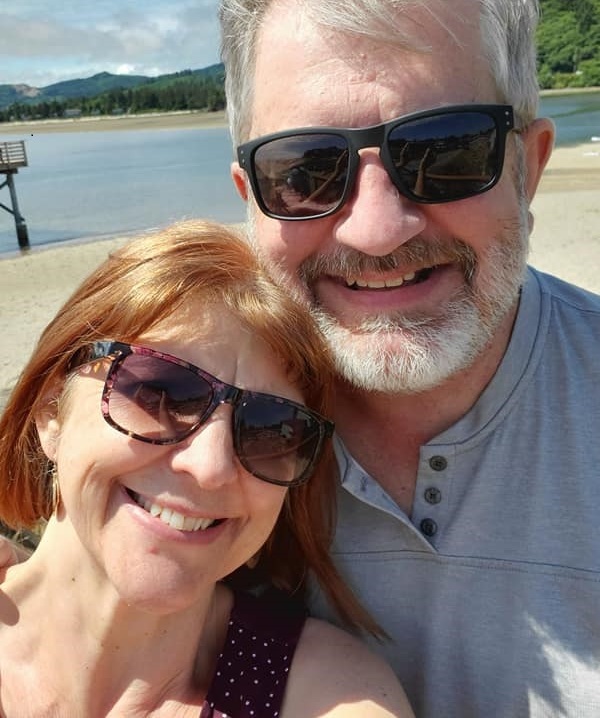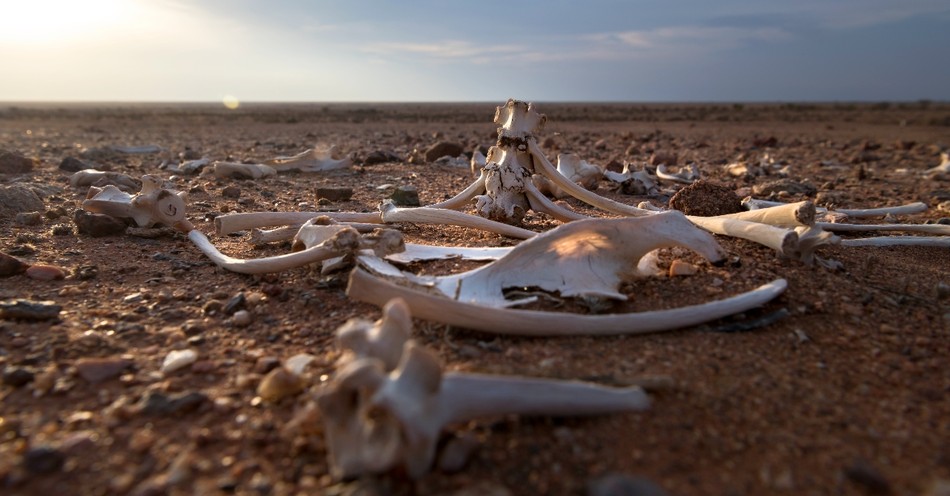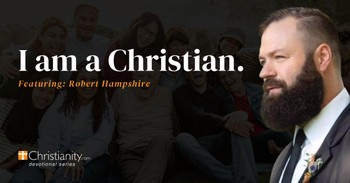In Ezekiel 37:1-14, as the prophet Ezekiel stands amidst a vast valley filled with dry, lifeless bones, he is commanded by God to prophesy life into them. What unfolds is a remarkable testament to the power of God's word and spirit, offering profound lessons on restoration, hope, and the promise of new life.
Therefore prophesy and say to them: ‘This is what the Sovereign LORD says: My people, I am going to open your graves and bring you up from them; I will bring you back to the land of Israel. Then you, my people, will know that I am the LORD, when I open your graves and bring you up from them. I will put my Spirit in you and you will live, and I will settle you in your own land. Then you will know that I the LORD have spoken, and I have done it, declares the LORD.’” (Ezekiel 37:12–14)
No other prophet had such surreal experiences as Ezekiel.
Ezekiel seemed to enjoy a much wider spectrum than any other prophet, including signs, visions, direct prophecy, show-and-tell, parables, poems, proverbs, conditional promises, and “third place” experiences.
His vivid language and visuals likely made a strong impression on the children who went into exile. Indeed, we’re still talking about them 2,500 years later.
In all probability, Ezekiel heard Jeremiah’s prophecies while growing up. In chapters 3, 18, and 33, Ezekiel is solemnly charged with the responsibility of serving as a new “watchman” for the kingdom of Judah.
That responsibility included warning the righteous not to fall into sin and warning the wicked to repent of their sins — or face God’s pending judgment.
Like Jeremiah, Daniel, and a couple of later prophets, Ezekiel carefully dates the prophecies given to him by the Lord.
Ezekiel tells us that he mostly prophesied from six years before the fall of Jerusalem until about a year or so afterward. The Lord’s favorite phrase? “Know that I am the Lord” appears dozens of times throughout Ezekiel’s book.
As an introduction to his prophecies, Ezekiel recounts seeing the Lord’s glory (chapter 1) and receiving God’s call at age 30 to be a prophet, not a priest (chapters 2-3).
Ezekiel then warns the kingdom of Judah of coming judgment (chapters 4-7), sees visions of the Lord’s glory departing from the Temple (chapters 8-11), continues to exhort the people of Judah to repent (chapters 12-24), and prophecies against other nations (chapters 25-32).
After Jerusalem’s fall, Ezekiel speaks of the nation’s travails and future restoration (chapters 33-39). The most unusual chapter about the nation’s restoration, of course, is the vision of the valley of dry bones. It’s quite surreal.
What exactly did Ezekiel experience?
What Is the Meaning the Valley of Dry Bones Vision?
If only someone could have put a video camera in Ezekiel’s hands before Ezekiel 37:1-14. The valley of dry bones was no Hollywood production — the location manager, set builder, bone collector, special effects director, producer, actor, soundman, and scriptwriter all were God Himself.
Without a camera, Ezekiel tried to use words to describe the bizarre nature of what he saw, heard, and experienced. To say the least, he found it difficult to portray the all-consuming experience — the sounds and lights, the motion and emotion of what God showed him.
Four insights into the significance and meaning of the Valley of Dry Bones:
1. The phrase “very dry” bones is unique within the Hebrew scriptures. These aren’t newly or recently dead. These are long, long dead. Think years or decades.
What’s more, the word “bones” occurs more often in Ezekiel 37:1-11 than any Old Testament book except Job and Psalms. That’s a lot of ’dem bones!
2. The vision describes the restoration of God’s people, not the physical resurrection of specific individuals, as evidenced both by the broader and immediate context, Ezekiel 36:24-38. To say the least, God’s amazing, almighty power is clearly on display.
The Lord’s power to restore Israel to its land is an encouraging reminder that He always keeps His unconditional promises. If He promises to raise us from the dead someday, He will.
3. The two-part “resurrection” mirrors Genesis 2:7 describing the creation of Adam. First, God creates the phenomenally complex human body with 100% of everything intact and ready to work.
Second, God breathes in a small part of His life into each of us. This reminds us that we humans are made in His image and likeness. God wants to breathe His Spirit not only into us, of course, but also in all not-yet-Christians that we know and love. Keep praying toward that end!
4. In verse 12, the scene appears to move to a cemetery. The phrase “open your graves” (twice) is unique within the Old Testament.
Again, the valley of dry bones describes the restoration of God’s people, but it reminds us of His promise to raise all who die in Jesus Christ.
6 Interesting Questions to Answer About the Valley of Dry Bones Vision
1. How did Ezekiel travel? Body? Spirit? Answer: Both. He and the Lord both walk “back and forth among them [bones]” (Ezekiel 37:2).
2. Did Ezekiel have other surreal experiences like this? Answer: Yes. “The hand of the Lord” also appears in chapters 1, 3, and 40. “Brought me” also appears in chapters 8, 11, 40, and 43. “By the Spirit” also appears in chapter 11. “Set me” also appears in chapter 40.
3. Where did Ezekiel go? Heaven? Earth? Other? Answer: Remember, this is God’s show, not Ezekiel’s, and God can do whatever He wants. The valley of dry bones probably occurred in a third place “next door” or adjacent to earth.
More importantly, it was a vision from the Lord and with the Lord. What Ezekiel experiences produces a remarkably enduring story with a hope-filled message.
4. Was the vision a 4D interactive experience with Ezekiel and God on the inside? Answer: It’s tempting to imagine Ezekiel putting on a VR headset at the beginning of this whole thing. Instead, the Lord and Ezekiel are in a valley full of dry bones.
Just as Jesus wasn’t made unclean by touching a leper and healing him, so Ezekiel wasn’t made unclean in the presence of bones turning into living persons again.
5. Did Ezekiel ever have a bigger “third place” experience? Answer: Yes, years later he walked through a conditionally promised new Temple. It was magnificent and took nine full chapters to describe (Ezekiel 40-48).
Sadly, that particular Temple was never built because the people never met the “if/then” requirement of the Lord recorded in Ezekiel 43:11.
6. How do I sign up to have surreal experiences like Ezekiel? Answer: The New Jerusalem? The New Earth? The New Heavens? No guarantees. We’ll see once we’re there!
The vision of the dry bones is a powerful showcase of God's ability to breathe life into what was once lifeless. Whether it's mending broken relationships, reigniting lost dreams, or revitalizing our spiritual connection, this vision reminds us that nothing is beyond God's restorative power. Historically, it spoke to the exiled Israelites, promising them a return to their homeland and a renewal of their national spirit—emphasizing God’s steadfastness and the fulfillment of His promises.
For further reading:
What Are Prophets in the Bible? Do Prophets Still Exist Today?
What Does the Bible Say about the New Heaven and the New Earth?
Photo Credit: ©iStock/Getty Images Plus/RugliG









